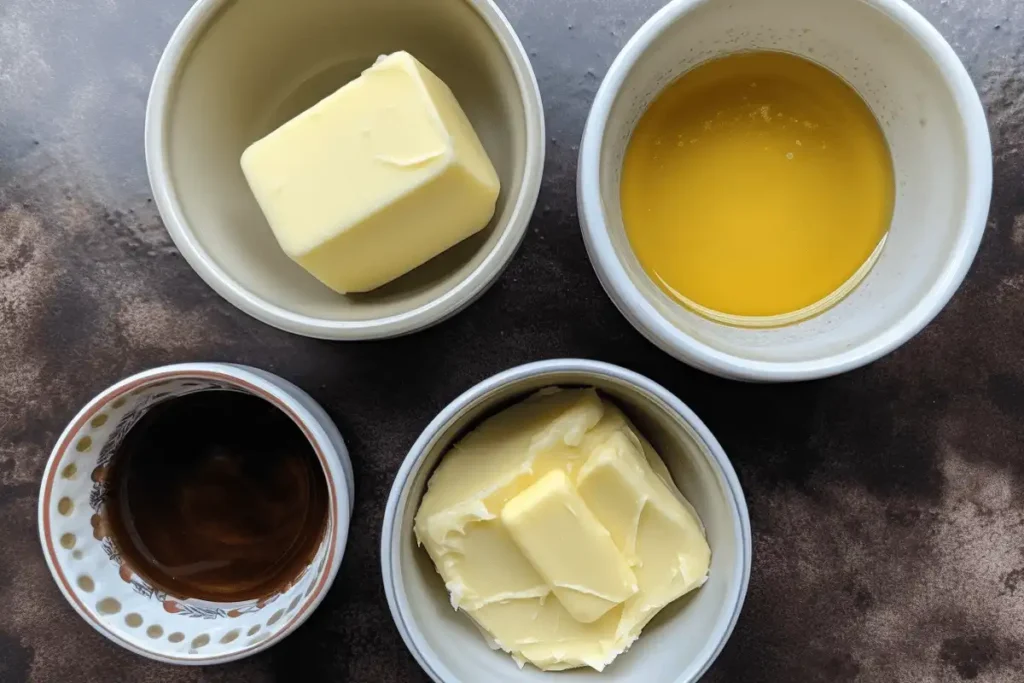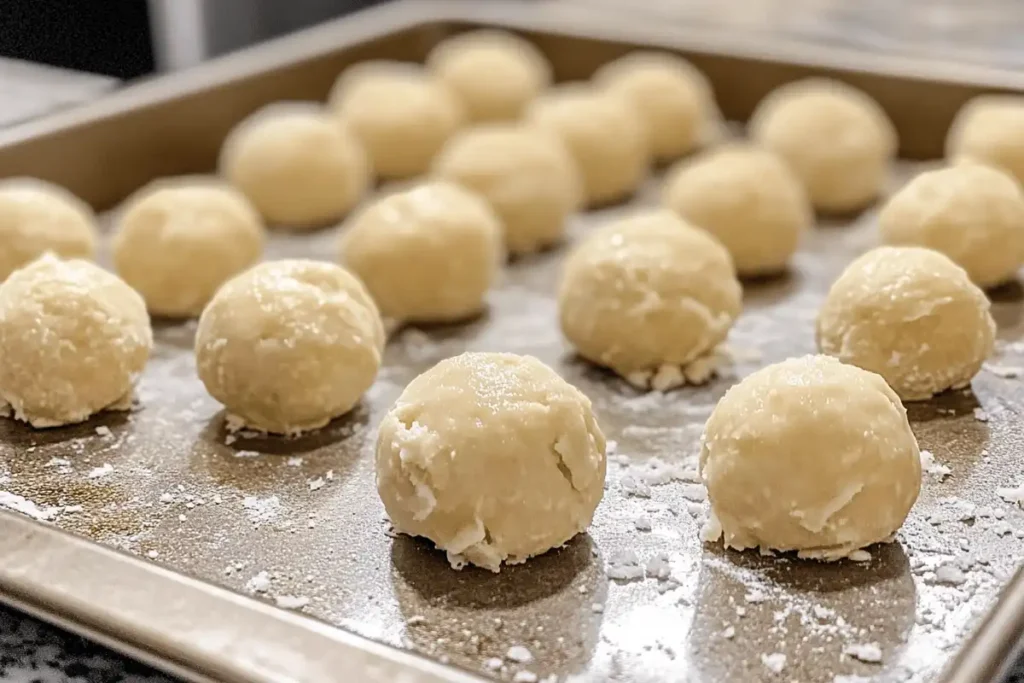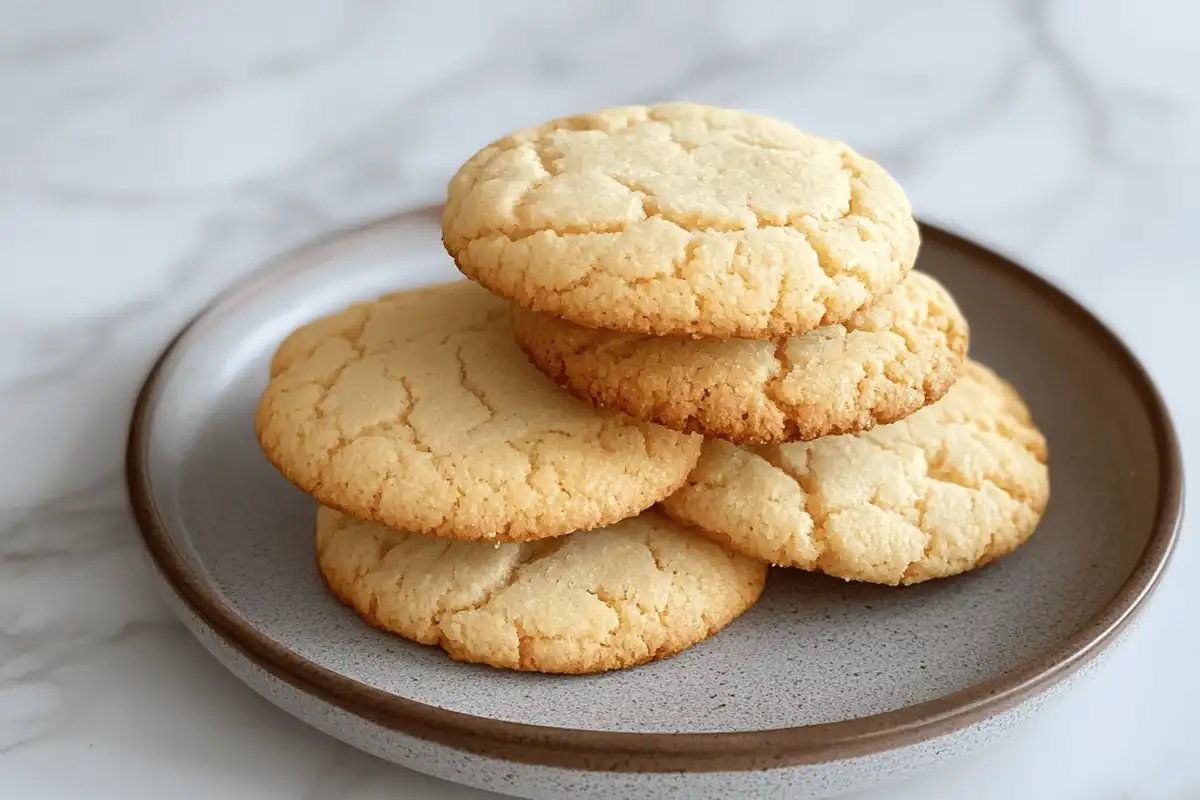Achieving perfectly soft cookies, with that delightfully chewy texture, is a baking aspiration for many home cooks and professionals alike; and while the question of what is the secret ingredient to keep cookies soft often arises, the answer isn’t a singular magical element. Instead, it’s a carefully orchestrated combination of understanding ingredient interactions, mastering specific baking techniques, and knowing how to properly handle the dough from mixing to cooling. Therefore, this comprehensive article will explore all the crucial elements that contribute to soft cookie perfection, guiding you through the nuances of each step.
The journey towards soft cookies often begins with the search for a single secret ingredient that will magically transform the texture. However, the reality is that the process is more nuanced than that. It’s not just about one magical component. Indeed, understanding the individual roles that fats, sugars, and other key elements play is essential. Additionally, utilizing proper baking techniques, from creaming butter to chilling the dough, significantly impacts the final texture. Furthermore, the selection and use of the right humectant, such as corn syrup, honey, or molasses, is absolutely essential. For example, we’ll delve into how each of these options can make a considerable difference in moisture retention and overall chewiness. Moreover, for those curious to further expand their knowledge on ingredient impact on cookie texture, sites like King Arthur Baking provide in-depth articles. Finally, having a solid grasp of the science behind moisture retention is a cornerstone of soft cookie baking, allowing you to consistently produce amazing results.
Table of contents
- Understanding the Secret Ingredient: The Power of Humectants
- The Role of Fats in Achieving Soft Cookie Texture
- Sugars and Their Impact on Softness: A Secret Ingredient Consideration
- Other Key Ingredients and Their Contribution
- Baking Techniques for Soft Cookies
- Common Mistakes to Avoid
- Storing Soft Cookies to Maintain Texture
- Conclusion
- Frequently Asked Questions (FAQs)
Understanding the Secret Ingredient: The Power of Humectants
Humectants are substances that attract and retain moisture. Basically, they work by drawing water from the environment. This moisture is then held within the baked goods. Consequently, this prevents cookies from drying out quickly. Therefore, humectants play a vital role in keeping cookies soft. Specifically, using the right one in your recipes is crucial.
However, what are the best humectants for cookies? Corn syrup, honey, and molasses are all excellent choices. Each brings its unique qualities. Also, they have different effects on the final flavor and texture. Firstly, corn syrup is a common choice. It adds sweetness and moisture without significant flavor changes. Secondly, honey adds a floral sweetness and keeps things moist. Thirdly, molasses adds a rich, deep flavor with a slightly chewy texture.
Corn Syrup:
- Pros: Adds moisture without impacting flavor. It keeps cookies soft. It is also widely available and affordable.
- Cons: It can sometimes lack the depth of flavor. Also, some people may be concerned about its highly processed nature.
Honey:
- Pros: Adds a natural sweetness. It provides a slight floral taste. Moreover, it offers good moisture retention.
- Cons: Honey’s distinct flavor can be overwhelming. Furthermore, it may result in a slightly denser texture.
Molasses:
- Pros: Adds a rich, complex flavor. It leads to a chewier texture. It also provides a deep color to cookies.
- Cons: Molasses can be very strong. Also, it may make cookies too dark.
Humectants, therefore, keep cookies soft through the science of moisture retention. Specifically, they form hydrogen bonds with water molecules. This bond prevents the water from escaping. Additionally, this moisture retention helps keep the internal structure soft and chewy. Finally, this process leads to more enjoyable, long-lasting soft cookies.
In the subsequent chapter, we will shift our focus from humectants to the important role that fats play in cookie texture.
The Role of Fats in Achieving Soft Cookie Texture

Different fats used for soft cookies.
Fats play a crucial role in the texture of cookies. Chiefly, they contribute to tenderness and mouthfeel. Therefore, choosing the right type of fat is essential for soft cookies. Common fats include butter, shortening, and oil. Also, each has its unique characteristics and impact on the final product.
Firstly, butter is a popular choice for its flavor. Moreover, it adds a richness that other fats cannot match. However, butter can lead to cookies that spread more. Secondly, shortening is pure fat. It leads to tender cookies that hold their shape better. Thirdly, oil can result in chewier cookies. However, it does not add flavor.
Therefore, many bakers use a combination of fats. This approach maximizes the benefits of each. For example, a blend of butter and shortening can provide both flavor and structure. Additionally, using a little oil can enhance the chewiness. Specifically, the ratio of fats used will impact the final texture. It can be adjusted to achieve different results. Consequently, understanding how different fats behave is critical for creating perfect cookies.
In the next installment, we will discuss the significance of sugars and their influence on cookie softness.
Sugars and Their Impact on Softness: A Secret Ingredient Consideration
The type of sugar used greatly affects the texture of cookies. Granulated sugar and brown sugar are the most common. However, their effects are different. Granulated sugar tends to create crisper cookies. Conversely, brown sugar contributes to a softer texture. Therefore, understanding their properties is essential for soft cookies.
Brown sugar has a higher moisture content compared to granulated sugar. This is due to the presence of molasses. Specifically, the molasses acts as a humectant. It helps retain moisture. Therefore, using more brown sugar will lead to softer and chewier cookies. Also, the molasses adds a caramel-like flavor. This enriches the taste.
The molasses in brown sugar plays a vital role. Accordingly, it draws moisture into the cookie. This maintains a soft texture. Furthermore, the molasses interacts with the other ingredients. This creates a unique flavor profile. Thus, brown sugar is a key ingredient for bakers seeking perfectly soft cookies. In short, it’s not just about the sugar’s sweetness but also its moisture-retaining properties.
Moving to the next part, let’s explore other ingredients and how they affect cookie softness.
Other Key Ingredients and Their Contribution
Beyond fats and sugars, other ingredients significantly impact cookie texture. Eggs, flour, leavening agents, and salt, all play crucial roles. Specifically, the way they interact creates the final product. Therefore, understanding their effects is crucial for baking soft cookies.
Firstly, eggs provide binding and moisture. Moreover, the yolk adds fat. This contributes to richness. The egg whites provide structure to the cookies. Secondly, the type and amount of flour affect gluten development. Too much flour results in dry cookies. Conversely, too little flour leads to flat cookies. Thirdly, leavening agents like baking soda and baking powder help create a light and airy texture. Additionally, using too much leavening can result in cookies that are too cakey. Then, salt balances the sweet flavors and strengthens the gluten.
Finally, flavor enhancers like vanilla extract enhance the taste. These also impact texture through their liquid content. Each ingredient works together to achieve soft cookies. Consequently, it’s important to balance all these elements. This will result in perfectly soft and delicious cookies.
Advancing to the following area, let’s delve into the techniques that will make soft cookies.
Baking Techniques for Soft Cookies

Dough chilling is a crucial step for softer cookies.
Proper baking techniques are just as important as the ingredients. Notably, creaming butter and sugar correctly is vital. Also, avoiding overmixing the dough prevents tough cookies. Furthermore, chilling the dough improves the texture. Baking time and temperature must also be carefully considered. Finally, the cooling process can also impact the final result.
Firstly, creaming butter and sugar creates air pockets. These help the cookies rise. However, this process needs to be done correctly. It should be light and fluffy. Secondly, overmixing the dough develops the gluten. Consequently, this leads to tough, chewy cookies. Therefore, mixing should be done just until the ingredients are combined. Thirdly, chilling the dough helps solidify the fats. This prevents excessive spreading and ensures a chewier texture. Accordingly, chilling the dough is recommended for many soft cookie recipes.
The baking temperature and time are critical. Lower temperatures and shorter baking times help maintain moisture. Firstly, lower temperatures bake the cookies more gently. Also, this allows them to retain moisture. Secondly, shorter baking times prevent overbaking. Overbaked cookies become dry and hard. Additionally, cooling techniques also impact texture. Cookies should cool on the baking sheet for a few minutes before transferring. This will avoid them from falling apart. Finally, cool cookies on a wire rack to allow air to circulate and prevent sogginess.
Transitioning to the subsequent portion, it’s important to discuss common errors that bakers make when baking soft cookies.
Common Mistakes to Avoid
Several common mistakes can lead to hard, dry cookies. Avoiding these errors is crucial for baking soft, chewy treats. For example, overbaking is a very common problem. Additionally, not measuring ingredients accurately will impact texture. Moreover, using the wrong type of flour can change the outcome. Lastly, forgetting to chill the dough leads to flat cookies.
First, overbaking is a frequent error. It results in cookies that are too dry and crispy. Instead, cookies should be removed from the oven when they are slightly underbaked. They will continue to cook as they cool. Second, measuring ingredients accurately is vital. For example, too much flour makes cookies dry. Too much liquid will cause spreading. Third, using the wrong type of flour will greatly impact the texture. Cake flour, all-purpose flour, and bread flour have different protein contents. This creates different results. Therefore, it’s crucial to use the type called for in the recipe. Lastly, forgetting to chill the dough will lead to flat, greasy cookies. Chilling helps solidify the fats. This prevents excessive spreading while baking.
Proceeding to the next chapter, let’s explore the proper storage techniques that help maintain the softness of cookies.
Storing Soft Cookies to Maintain Texture
Proper storage is essential for maintaining the softness of cookies. Even the most perfectly baked cookies can become hard over time if they’re not stored properly. Therefore, using airtight containers, storing cookies with bread slices, and freezing are essential steps.
Firstly, using airtight containers is crucial. This helps to prevent moisture from escaping. Additionally, it keeps the cookies soft for longer. Secondly, storing cookies with bread slices helps. The bread absorbs excess moisture. This keeps the cookies soft. Thirdly, freezing is great for long-term storage. This ensures the cookies remain fresh. Frozen cookies can be thawed as needed without losing quality. Overall, proper storage methods significantly affect cookie texture.
Conclusion
Creating perfectly soft cookies is an achievable goal. However, it requires the correct ingredients and techniques. The secret ingredient isn’t just one thing, but understanding the role of humectants. Moreover, proper handling of fats, sugars, and other ingredients is very important. Furthermore, the right baking process will make or break the outcome.
By utilizing the appropriate humectants, like corn syrup, honey or molasses, you can ensure moisture retention. Using brown sugar and incorporating a combination of butter and shortening help create a soft texture. Also, avoid overbaking and overmixing. The careful balance of ingredients and techniques are crucial for soft cookies. Finally, proper storage will maintain the quality of the cookies. Overall, following these steps will help you make the softest, most delicious cookies.
Frequently Asked Questions (FAQs)
The trick lies in using humectants such as corn syrup, honey or molasses. Using more brown sugar than white sugar also helps, as it is high in moisture. Furthermore, don’t overbake your cookies. Chilling the dough and avoiding overmixing is crucial.
To keep cookies soft after baking, store them in an airtight container. Additionally, place a slice of bread in the container to absorb excess moisture. Also, avoid stacking cookies directly on top of each other. This will prevent them from sticking.
Bakeries use professional techniques for keeping cookies soft. They use commercial humectants, high-quality ingredients, and precise baking times. They also utilize specific storage and packaging methods. Therefore, these practices result in cookies that stay soft longer.
Store cookies with a slice of fresh bread, an apple slice, or a marshmallow. These items will help to maintain moisture. Additionally, make sure cookies are stored in an airtight container to keep them soft for a longer period.

